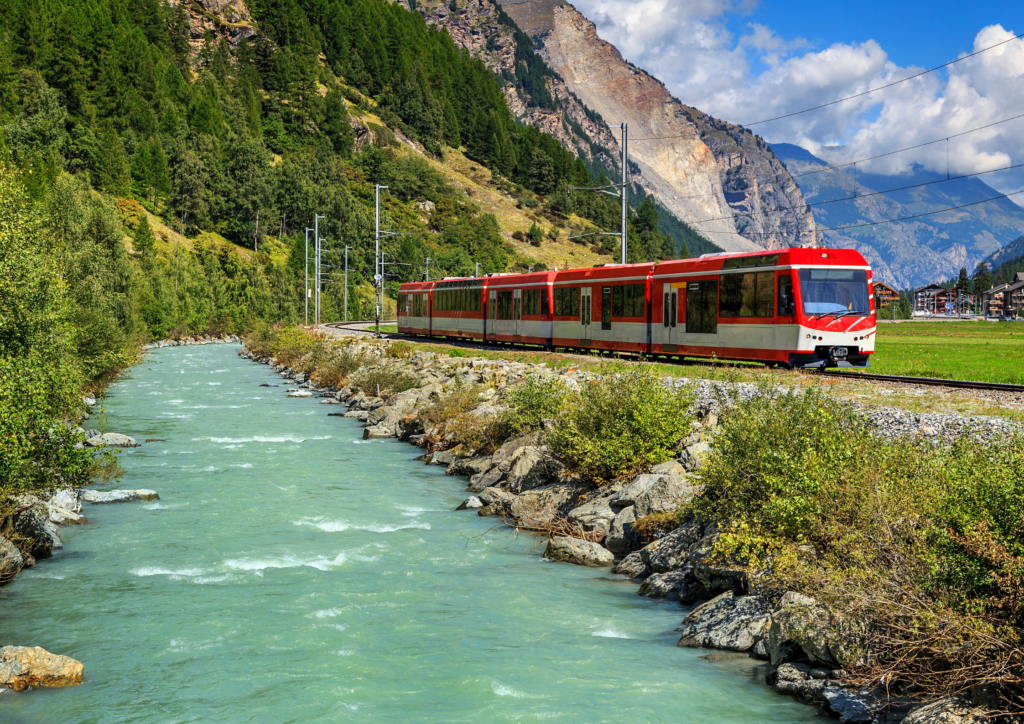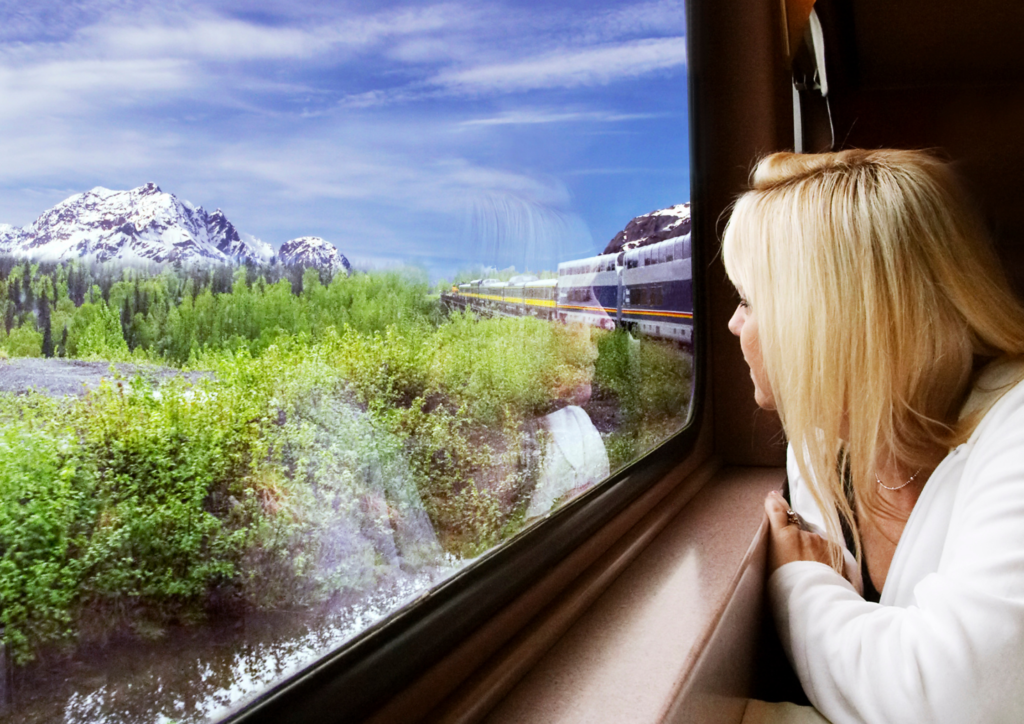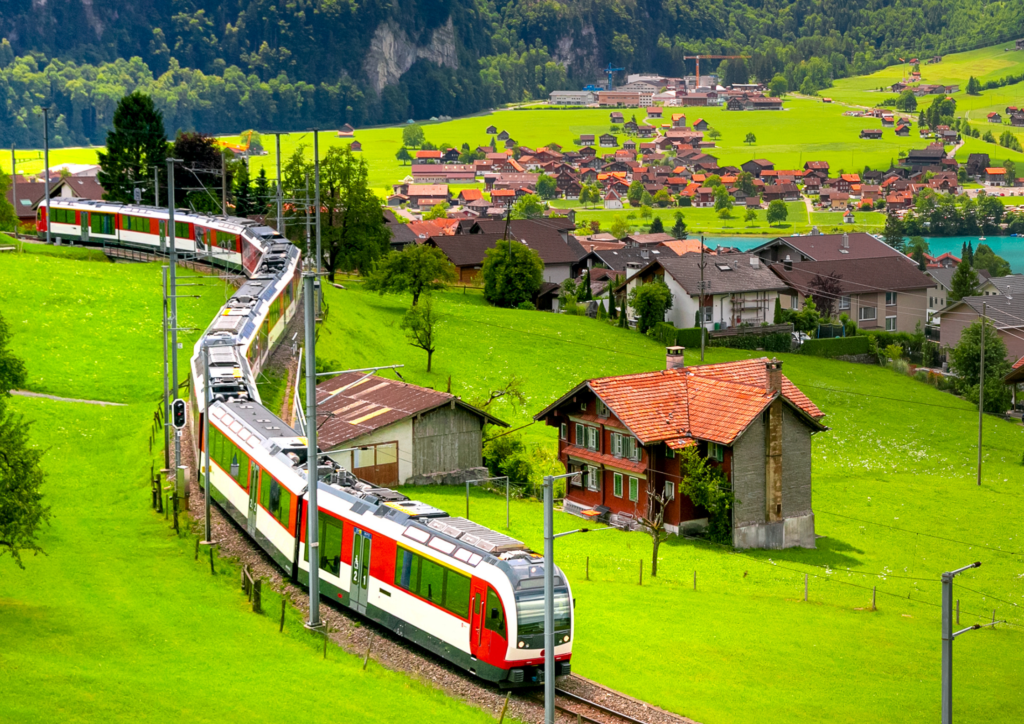Train travel in Europe
Planning a trip through Europe? Before you rush to book that short-haul flight or rent a car, it’s worth considering a travel option that’s not only greener—but far more rewarding. Imagine gliding past snow-dusted Alps, sun-kissed vineyards, and storybook villages… all from the comfort of your seat.
As global tourism rebounds, so does the growing concern about its environmental toll. The aviation industry alone accounts for nearly 3% of global CO₂ emissions, and with more travelers seeking climate-conscious alternatives, sustainable transportation has never been more important.
For hotel bookings, check it here.
Enter: train travel—Europe’s best-kept eco-friendly secret. With an extensive network of high-speed lines, scenic routes, and overnight sleepers, train travel offers a low-emission, high-enjoyment way to experience the continent. From comfort and connection to climate action, here are 10 powerful reasons why train travel is the most sustainable way to explore Europe.

1. Lower Carbon Emissions Compared to Flying
One of the most compelling reasons to choose train travel in Europe is its dramatically lower carbon footprint. Compared to air travel, trains produce up to 90% fewer CO₂ emissions per passenger per kilometer.
For example:
- A flight from Oslo to Berlin emits ~145 kg of CO₂ per passenger.
- The same trip by train? Just ~15 kg of CO₂.
Planes consume massive energy to take off and land. Trains operate more efficiently, especially when electric-powered. According to the European Environment Agency, rail is the greenest form of public transport available today.
2. Electrified Rail Networks Powered by Renewable Energy
Many European countries run trains on 100% renewable energy, making rail travel even cleaner.
- Switzerland: Over 90% of trains use hydroelectricity.
- Austria: ÖBB is powered by 95% renewable energy.
- Norway: Nearly all trains are hydro-powered.
France and Germany are also moving toward hydrogen and battery-powered trains, phasing out diesel altogether. Traveling by train means you’re literally running on clean energy—not jet fuel.
3. No Need for Domestic Flights = Fewer Short-Haul Emissions
Short-haul flights are a major contributor to unnecessary emissions. Fortunately, Europe’s train network makes these flights nearly obsolete.
France has even banned flights on routes where a train trip of under 2.5 hours is available.
Train vs plane (Paris to Marseille):
- Plane: ~77 kg CO₂
- Train (TGV): ~1.73 kg CO₂
With city-center stations, no security lines, and comparable travel times, trains are a no-brainer for domestic and regional travel.

4. Efficient and Well-Connected Infrastructure
Europe has one of the most comprehensive and efficient rail networks in the world:
- 250,000+ km of rail lines
- High-speed trains like TGV, ICE, and Frecciarossa
- Expanding night trains (e.g. Nightjet, European Sleeper)
With apps like Omio, Trainline, and RailEurope, booking cross-border or regional travel is seamless. Most stations are located in city centers, cutting down transfers and emissions. You can also use GoCity to naviagte city tourist spots.
5. Supports Local Economies and Slower, More Responsible Tourism
Trains naturally guide travelers through smaller towns and less-visited regions, helping distribute tourism revenue more evenly.
Benefits:
- Support family-run accommodations and local restaurants
- Reduce overcrowding in major tourist cities
- Preserve regional culture and heritage
Slow tourism is more than a trend—it’s a responsible way to travel, and trains are the ideal vehicle.
You can check more of Europe Travel Guide here, there’s more to explore in Europe and I covered it on my past blog post.
🌱 6. Less Resource-Intensive Than Cars or Planes
Trains are far more efficient than cars or planes in every way:
- Fewer resources needed per passenger
- No large airports or fuel infrastructure
- Trains last longer and use cleaner energy
Cars carry 1–2 people on average. Trains carry hundreds—with far less fuel, space, and pollution.
Choosing trains = less waste, less noise, and more sustainability.

7. Encourages Mindful, Low-Stress Travel
Train travel allows you to:
- Relax in wide, comfortable seats
- Skip airport stress and security checks
- Watch panoramic views from massive windows
You can journal, nap, work, or simply enjoy the ride. This slow pace aligns with the “slow travel” movement, which values depth over speed and experience over Instagrammability.
Train travel isn’t just sustainable—it’s soothing.
8. Travel Passes Encourage Longer Stays and Fewer Transfers
Rail passes like Eurail and Interrail encourage:
- Longer visits to each city
- Fewer, more efficient travel days
- Off-peak, regional routes over high-emission flights
With flexible schedules and all-inclusive pricing, passes make slow, intentional travel more accessible and affordable.
This means fewer flights, less emissions, and more meaningful experiences.
9. Great for Families, Solo Travelers, and People with Disabilities
Trains are among the most inclusive travel options in Europe.
Families benefit from stroller access, onboard toilets, and open space.
Solo travelers enjoy safety, flexibility, and scenic solitude.
People with disabilities have access to ramps, accessible restrooms, and reserved seating.
Trains support not just green travel—but inclusive travel that works for everyone.

Conclusion: Why Train Travel Is Europe’s Smartest Sustainable Choice
As climate change reshapes how we think about tourism, one thing is clear: train travel is no longer just an alternative—it’s the future of sustainable exploration in Europe.
From dramatically lower emissions and renewable-powered lines to inclusive, culturally enriching routes, train travel delivers on comfort, climate, and conscience.
Whether it’s the Bergen Line in Norway, the Alps in Switzerland, or Tuscany by rail, your next great adventure doesn’t have to cost the earth—literally.
Disclosure: This post may contain affiliate links, and if you use these links to buy the recommended products, we earn a small commission. Rest assured that it has no effect on you as a customer.

